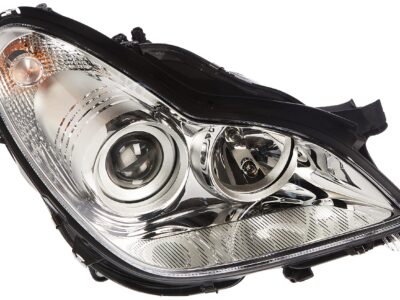
How to Address Clutch Judder in the Fiat Panda
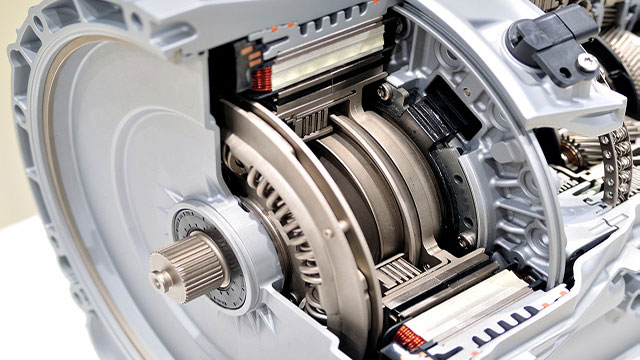
The Fiat Panda is a popular city car known for its reliability and maneuverability. However, some models may experience clutch judder, a common issue that can cause frustration for drivers. Clutch judder is characterized by a vibrating or shuddering sensation when releasing the clutch pedal, often accompanied by a rattling or grinding noise. Addressing this problem is essential to ensure smooth gear transitions and prevent further damage to the vehicle's transmission. In this article, we will explore the causes of clutch judder in the Fiat Panda and provide guidance on how to diagnose and repair the issue effectively.
Diagnosing and Fixing Clutch Judder in Your Fiat Panda
Clutch judder in a Fiat Panda can be a frustrating issue, causing vibrations and an unpleasant driving experience. To address this problem, it's essential to understand its causes and implement the necessary fixes. Clutch judder is often related to issues with the clutch system, which can include worn-out components, misalignment, or problems with the clutch's hydraulic or cable system.
Identifying the Causes of Clutch Judder
The first step in addressing clutch judder is to identify its cause. Common causes include worn clutch facings, misaligned clutch components, or issues with the clutch release mechanism. In some cases, clutch judder can be due to contamination of the clutch components or incorrect clutch adjustment. Inspecting the clutch system thoroughly is crucial to determining the root cause of the problem.
Inspecting and Replacing Clutch Components
Upon identifying the cause, the next step involves inspecting and potentially replacing the affected clutch components. This may involve checking the clutch disc for wear, examining the pressure plate for damage, or inspecting the clutch release bearing for signs of wear or damage. Replacing worn or damaged components is essential to eliminating clutch judder.
Adjusting and Maintaining the Clutch System
After replacing any necessary components, it's crucial to ensure the clutch system is properly adjusted and maintained. This includes checking and adjusting the clutch cable or hydraulic system as needed and ensuring that all clutch components are correctly aligned. Regular maintenance, such as lubricating moving parts and checking for signs of wear, can help prevent future issues with clutch judder.
| Cause | Symptoms | Fix |
|---|---|---|
| Worn Clutch Facings | Vibrations when engaging the clutch | Replace the clutch disc |
| Misaligned Clutch Components | Clutch judder or vibration | Align or replace clutch components as necessary |
| Contamination | Clutch slipping or judder | Clean or replace contaminated components |
What is the main cause of clutch judder?

The main cause of clutch judder is typically related to the friction characteristics of the clutch system, which can be influenced by various factors. Clutch judder is a vibration or shudder that occurs when the clutch is engaged, and it is often felt as a juddering or shaking sensation in the vehicle.
Causes of Clutch Judder
Clutch judder can be caused by a combination of factors related to the clutch system, including the condition of the clutch disc, pressure plate, and flywheel. When these components become worn or contaminated, it can lead to a change in the friction characteristics of the clutch, resulting in judder.
- Wear and tear on clutch components
- Contamination of clutch components
- Incorrect clutch adjustment or alignment
Effects of Clutch Judder on Vehicle Performance
Clutch judder can have a significant impact on the overall performance and drivability of a vehicle. It can cause a decrease in the smoothness of power delivery, leading to a less comfortable driving experience. Additionally, clutch judder can also lead to increased wear on other components in the drivetrain.
You may be interested in reading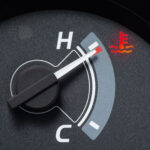 Preventing Engine Overheating in Your Fiat Panda
Preventing Engine Overheating in Your Fiat Panda- Reduced driving comfort
- Increased wear on drivetrain components
- Potential for further damage to clutch system
Diagnosing and Repairing Clutch Judder
To diagnose and repair clutch judder, it is essential to identify the underlying cause of the problem. This can involve inspecting the clutch system, checking for signs of wear or contamination, and making any necessary adjustments or repairs. In some cases, it may be necessary to replace worn or damaged components to resolve the issue.
- Inspect clutch system for signs of wear or contamination
- Check clutch adjustment and alignment
- Replace worn or damaged clutch components as necessary
What is most likely to produce clutch judder?
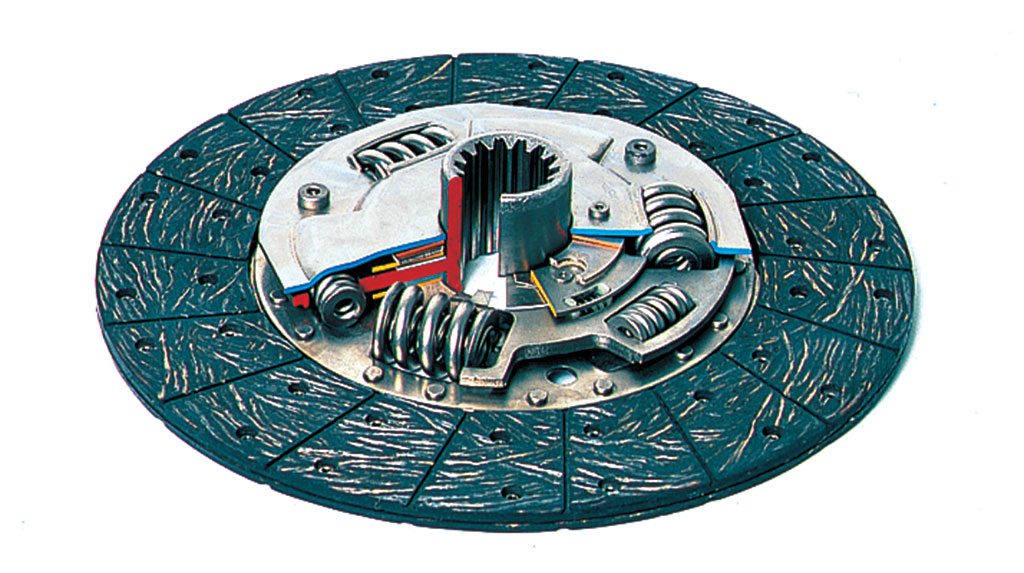
Clutch judder is a common problem that occurs when the clutch is engaged or disengaged, causing the vehicle to vibrate or shudder. The most likely cause of clutch judder is worn or damaged clutch components.
Causes of Clutch Judder
Clutch judder can be caused by a variety of factors, including worn or damaged clutch components, incorrect clutch adjustment, or problems with the clutch release mechanism. When the clutch is engaged or disengaged, the friction between the clutch disc and the flywheel or pressure plate can cause the vehicle to vibrate or shudder.
The common causes of clutch judder are:
- worn clutch facings or a warped clutch disc
- incorrect clutch adjustment or worn clutch release bearing
- worn or damaged flywheel or pressure plate
Symptoms of Clutch Judder
The symptoms of clutch judder can vary depending on the underlying cause, but typically include a vibration or shudder when the clutch is engaged or disengaged. In some cases, the vibration may be felt through the clutch pedal or gear lever, while in other cases it may be more pronounced when the vehicle is under load.
The symptoms of clutch judder are:
- vibration or shudder when engaging or disengaging the clutch
- noise or grinding when pressing the clutch pedal
- sl slipping or hesitation when engaging the clutch
Prevention and Repair of Clutch Judder
Preventing clutch judder requires regular maintenance and inspection of the clutch components. If clutch judder is detected, it is essential to diagnose and repair the underlying cause as soon as possible to avoid further damage to the clutch and other components.
The steps to prevent or repair clutch judder are:
- regularly inspect and maintain the clutch components
- adjust or replace the clutch release bearing as needed
- replace worn or damaged clutch components, such as the clutch disc or pressure plate
Which of the following can cause clutch judder?

Clutch judder is a vibration or shudder that occurs when the clutch is engaged or disengaged, typically felt through the vehicle or the clutch pedal. Several factors can contribute to this issue.
Causes of Clutch Judder
Clutch judder can be caused by various mechanical issues within the clutch system or related components. The primary causes often relate to the condition and alignment of the clutch and its associated parts.
You may be interested in reading Preventing Engine Overheating in Your Fiat Panda
Preventing Engine Overheating in Your Fiat Panda Fixing Fiat Panda Door Lock Malfunctions: A Comprehensive Guide
Fixing Fiat Panda Door Lock Malfunctions: A Comprehensive Guide- Incorrect alignment or improper installation of the clutch.
- Wear or damage to the clutch components, such as the pressure plate, clutch disc, or flywheel.
- Contamination or oil presence on the clutch disc or flywheel.
Clutch Component Wear and Tear
The condition of the clutch components significantly affects the smooth operation of the clutch. Over time, these components can wear out or get damaged, leading to clutch judder.
- Excessive wear on the clutch disc's friction material.
- Damage or excessive wear to the flywheel or pressure plate.
- Release bearing issues or other related component failures.
Maintenance and Repair
To address clutch judder, it's essential to inspect and potentially repair or replace the faulty components. Regular maintenance can also prevent clutch judder by ensuring the clutch system is properly aligned and free from contamination.
- Inspect the clutch system for any signs of wear or misalignment.
- Clean or replace contaminated or worn-out clutch components.
- Ensure proper alignment and adjustment of the clutch system during reinstallation or repair.
Which of the following faults are likely to produce a clutch judder?

The faults that are likely to produce a clutch judder include worn or damaged clutch components, misalignment of the clutch or flywheel, and issues with the clutch release mechanism. Clutch judder is a vibration or shudder that occurs when the clutch is engaged or disengaged, and it can be caused by a variety of factors.
Causes of Clutch Judder
Clutch judder can be caused by a number of factors, including worn or damaged clutch components, such as the clutch disc, pressure plate, or release bearing. When these components are worn or damaged, they can cause the clutch to vibrate or shudder when it is engaged or disengaged. The following are some common causes of clutch judder:
- Worn or damaged clutch disc
- Misaligned or damaged flywheel
- Faulty or worn clutch release bearing
Clutch Component Wear and Tear
Worn or damaged clutch components are a common cause of clutch judder. Over time, the clutch disc, pressure plate, and release bearing can wear out, causing the clutch to vibrate or shudder. Regular maintenance and inspection of the clutch components can help to identify and address any issues before they become major problems. The following are some signs of worn or damaged clutch components:
- Excessive wear on the clutch disc or pressure plate
- Damage to the clutch release bearing or other components
- Clutch slipping or failing to engage properly
Diagnosis and Repair
To diagnose and repair clutch judder, it is necessary to inspect the clutch components and identify the underlying cause of the problem. This may involve checking the alignment of the clutch and flywheel, inspecting the clutch disc and pressure plate for wear or damage, and checking the clutch release bearing for faults. The following are some steps that can be taken to diagnose and repair clutch judder:
- Inspect the clutch components for wear or damage
- Check the alignment of the clutch and flywheel
- Replace any worn or damaged clutch components
Frequently Asked Questions
What causes clutch judder in the Fiat Panda?
Clutch judder in the Fiat Panda is often caused by worn or damaged clutch components, such as the clutch disc, pressure plate, or release bearing. Misaligned or uneven clutch components can also lead to judder. Additionally, worn engine or gearbox mounts can cause vibrations that result in clutch judder. Regular maintenance and inspections can help identify the root cause of the issue.
How do I diagnose clutch judder in my Fiat Panda?
To diagnose clutch judder, pay attention to the symptoms: a vibration or juddering sensation when pressing the clutch pedal or shifting gears. Check the clutch pedal's feel and travel, and look for signs of wear on the clutch components. A test drive can help confirm the issue. If the judder occurs when engaging first gear or reversing, it's likely related to the clutch.
You may be interested in reading Preventing Engine Overheating in Your Fiat Panda
Preventing Engine Overheating in Your Fiat Panda Fixing Fiat Panda Door Lock Malfunctions: A Comprehensive Guide
Fixing Fiat Panda Door Lock Malfunctions: A Comprehensive Guide Tips for Maintaining the Fiat Panda’s Interior Trim and Upholstery
Tips for Maintaining the Fiat Panda’s Interior Trim and UpholsteryCan I drive my Fiat Panda with clutch judder?
It's not recommended to drive your Fiat Panda with clutch judder for an extended period. Continued driving with a juddering clutch can cause further damage to the clutch and other drivetrain components, leading to costly repairs. If you experience clutch judder, it's best to have it inspected and repaired as soon as possible to avoid additional damage.
How is clutch judder in the Fiat Panda typically repaired?
Repairing clutch judder in the Fiat Panda typically involves inspecting and replacing worn or damaged clutch components. This may include replacing the clutch disc, pressure plate, or release bearing. In some cases, realigning or adjusting the clutch components may be necessary. A professional mechanic can assess the issue and recommend the necessary repairs to restore smooth clutch operation.

If you want to know other articles similar to How to Address Clutch Judder in the Fiat Panda you can visit the category Fiat Panda.
Deja una respuesta



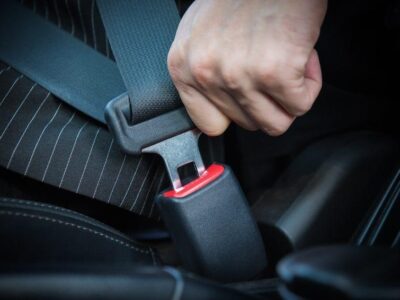


More content of your interest